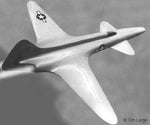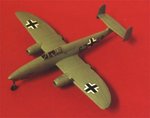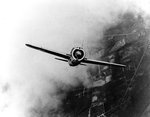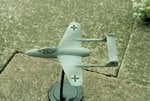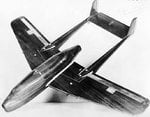Well there's also the Me-209II which was canceled due to slow development and was outperformed by the Fw-190.
There's also the Me-309 but, though it was ready before the 209II, it was still not up to par with the Fw-190 and had poorer manuverabillity than the Bf-109.
You are pretty much correct in what you are talking about here but you need to be careful about the info you get from wikipedia. It is really not the best source and is more often very full of mistakes and falsehoods.
Dont take me wrong I use wikipedia from time to time as well as a quick reference, but you can not believe everything that is in it and you have to cross reference with better materials.

